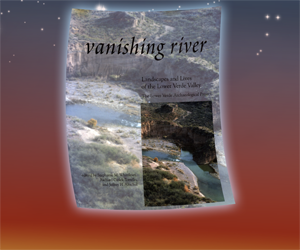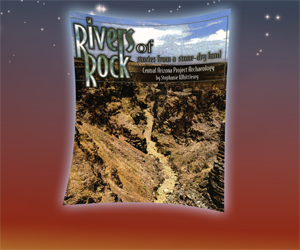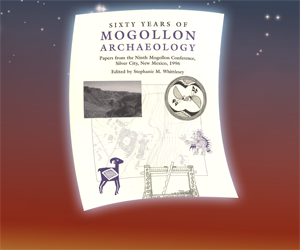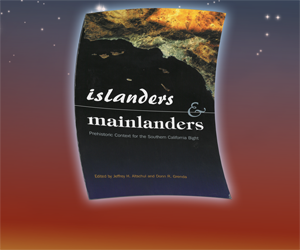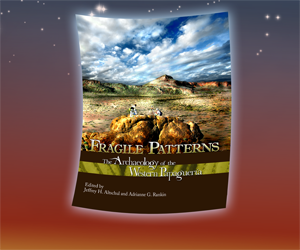5,000 Years of Aboriginal Land Use in the Western Phoenix Basin: The Luke Air Force Base Solar Project, Volume 2: Analyses and Interpretations
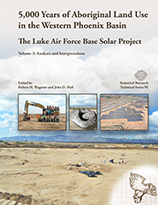
Edited by Robert M. Wegener and John D. Hall
Technical Series 95, Volume 2
630 pp. / 2017
Statistical Research, Inc.’s (SRI’s) mitigation of a proposed 107-acre solar-power-array at Luke Air Force Base (Luke AFB) was a monumental effort that involved mechanically stripping 44 contiguous acres and sampling 3,006 buried archaeological features. Named Falcon Landing after the ever-present roar of F-16 Fighting Falcon jet engines, the documented site is the largest and most diverse Middle Archaic period archaeological site in Arizona to date. The socioeconomic organizations documented at Falcon Landing varied from a resource-procurement staging and processing locale frequented by logistically organized task groups to a seasonal habitation including multiple contemporary structures used by residentially organized family groups. Situated in a lower bajada setting, increased occupational intensity at Falcon Landing was signaled by the repeated but short-term establishment of seasonal habitations that coincided with periods of increased effective precipitation, subsequent aggradation, and biotic productivity.
Subsistence at Falcon Landing was particularly interesting, because it involved significant investment in a formal and eclectic ground stone technology applied to locally available mesquite and the small hard seeds and greens of weedy annuals, at least as early as 3300 cal B.C. This subsistence strategy and the manner in which Falcon Landing was used persisted effectively and unchanged for at least 5,000 years. The stability and success of this land-use strategy is genuinely remarkable, especially given the tremendous cultural and social developments that occurred during this interval, including the introduction of maize agriculture in surrounding locales at ca. 2100 cal B.C., emergent complexity, and the manifestation of the Hohokam archaeological culture. This volume presents the results of the project’s material-culture and behavioral-spatial analyses, places the project results in a regional and behavioral context, and provides a predictive geomorphic model concerning likely lower bajada locales in the western Phoenix Basin where a similar archaeological record may be preserved.
For Volume 1, click here.

